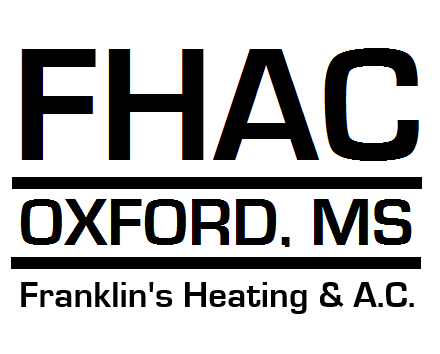
Once the weather is cooling off, you may be wondering about how you’ll prepare your heating and cooling. After all, HVAC expenses routinely add up to a large chunk of your monthly electric bill. To try and find ways to reduce costs, some owners take a closer look at their thermostat. Could there be a setting they can use to increase efficiency?
The majority of thermostats come with a ‘Fan’ or ‘Fan On’ setting. But if the fan is going during a regular cycle, what will the fan setting offer for an HVAC system? This guide can help. We’ll review just what the fan setting is and when you can use it to reduce costs in the summer or winter.
My Thermostat Has a Fan Setting?
For the bulk of thermostats, the fan setting indicates that the HVAC blower fan stays on. A few furnaces can run at a low level with this setting, but for the most part heating or cooling isn’t being produced. The ‘Auto’ setting, conversely, will start the fan through a heating or cooling cycle and switch it off once the cycle is over.
There are benefits and drawbacks to using the fan setting on your thermostat, and what's ideal {will|can|should]] depend on your unique comfort needs.
Advantages to trying the Fan/On setting:
- You can keep the temperature throughout your home more uniform by permitting the fan to keep circulating air.
- Indoor air quality will be highest as constant airflow will keep forcing airborne pollutants into the air filter.
- A smaller amount of start-stop cycles for the HVAC fan helps expand its life span. Since the air handler is often a component of the furnace, this means you can avoid needing furnace repair.
Disadvantages to utilizing the Fan/On setting:
- A constant fan will likely add to your energy expenses somewhat.
- Continuous airflow can clog your air filter in a shorter amount of time, increasing the frequency you’ll need to replace it.
{Choosing Between|Should My Thermostat Be on|Which Setting for My Thermostat? Fan or Auto in Summer/Winter
In the summer, warm air may persist in unfinished spaces like the attic or an attached garage. If you leave the fan on, your HVAC system can gradually move this warm air into the rest of your home, pushing the HVAC system to run longer to preserve the desired temperature. In serious heat, this can lead to needing AC repair more quickly as wear and tear grows.
The reverse can happen in the winter. Cooler spaces like a basement will hold onto cooler air, which will eventually flow into the rest of your home. Leaving the fan running could pump more cold air upward, increasing the amount of heating you need to stay warm.
If you’re still trying to determine if you should use the fan/on setting, remember that every home and family’s comfort needs will vary. Leaving the HVAC system’s fan on might work for you if:
Someone in your household suffers from allergies. Allergies and similar respiratory conditions can be stressful on the family. Leaving the fan on should help to enhance indoor air quality, helping your family breathe easier.
Your home has hot and cold spots. All kinds of homes deal with stubborn hot and cold spots that quickly evolve to a temperature different from the rest of the house. The fan setting can help lessen these changes by consistently refreshing each room’s ventilation.
